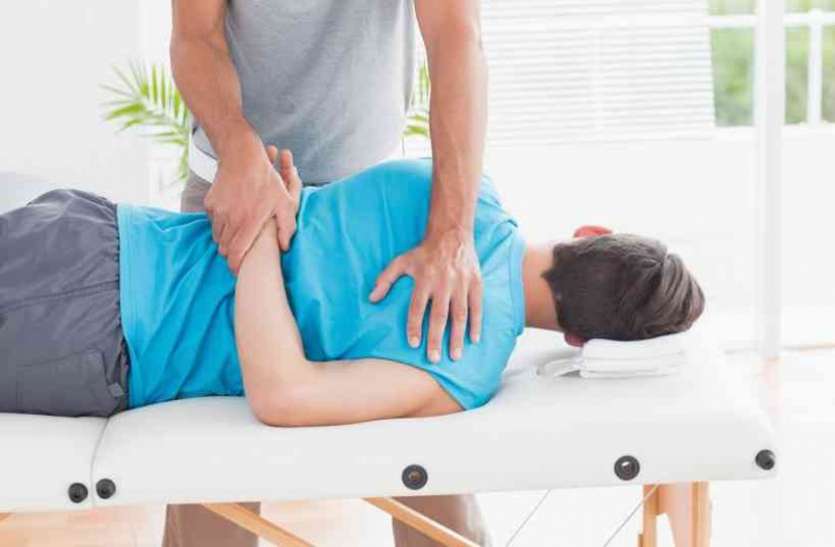Discs, our skin, tendons, other cells and ligaments rely for their integrity upon the protein collagen, ensuring flexibility that is normal, recovery strength, capacity and cohesiveness. This lets us set the significant daily stresses on these cells without problems and hydration is also very involved with the elasticity and strength of internal organs such as our blood vessels. Some of us are known as double jointed since they are so bendy whilst others have quite tight and stiff joints. Collagen is a protein in our tissues, at least dictating how we recover from injury and what actions we can do. Ehlers-Dan loss syndrome is caused by an abnormality in how collagen causing alack is produced and relied upon in the body. 10 kinds of EDS are known to exist with much overlap and EDS Three is considered the same as benign joint hypermobility syndrome, known as benign since the severe changes like in the arteries are not present in this form.

Hypermobile joints are the most obvious indication of the syndrome with a flexible skin that tends to heal scar and slowly badly concerning thin and broad scars.The signs and symptoms of hypermobility syndrome are hypermobile joints, a skin, tendency to poor wound healing tissues, dislocations and a tendency to bruise easily. Limb pain and joint is common and sufferers live with pain complaints that are multiple and constant. Patients have difficulty stabilizing their joints causing incorrect muscle uses which could result in pain issues and reveal abnormal muscle balances. Limitation is common in this group, who cannot participate with any pain and joint injuries in vigorous or contact sports.Self-management in Syndrome is the purpose of intervention with instruction taking a role to equip the individual to handle their condition.
As a result of large ranges of motion they are vulnerable to strain or ligament if they proceeded with momentum or are held at end range. Patients must practice protection preventing party pieces such as showing off with dislocations or movements. Momentum activities like contact sports or yoga are unsuitable for these patients.Pain is common in Hypermobility secondary to the problem in keeping stability of the joints as they are acted upon by forces. Manipulation is very likely to be unwise although mobilizations can be carried out for issues. General exercises to keep the moving may be useful but stretching north york physiotherapy clinic exercises and finish range should be avoided. Core stability work and weight training might help stabilize joints and the spine increasing the muscle tone stop play and to maintain joints. The knees endure change in time and may bend too back so work on the hamstrings is an alternative. Patients will need to work maintaining control and muscle strength.
Recent Comments